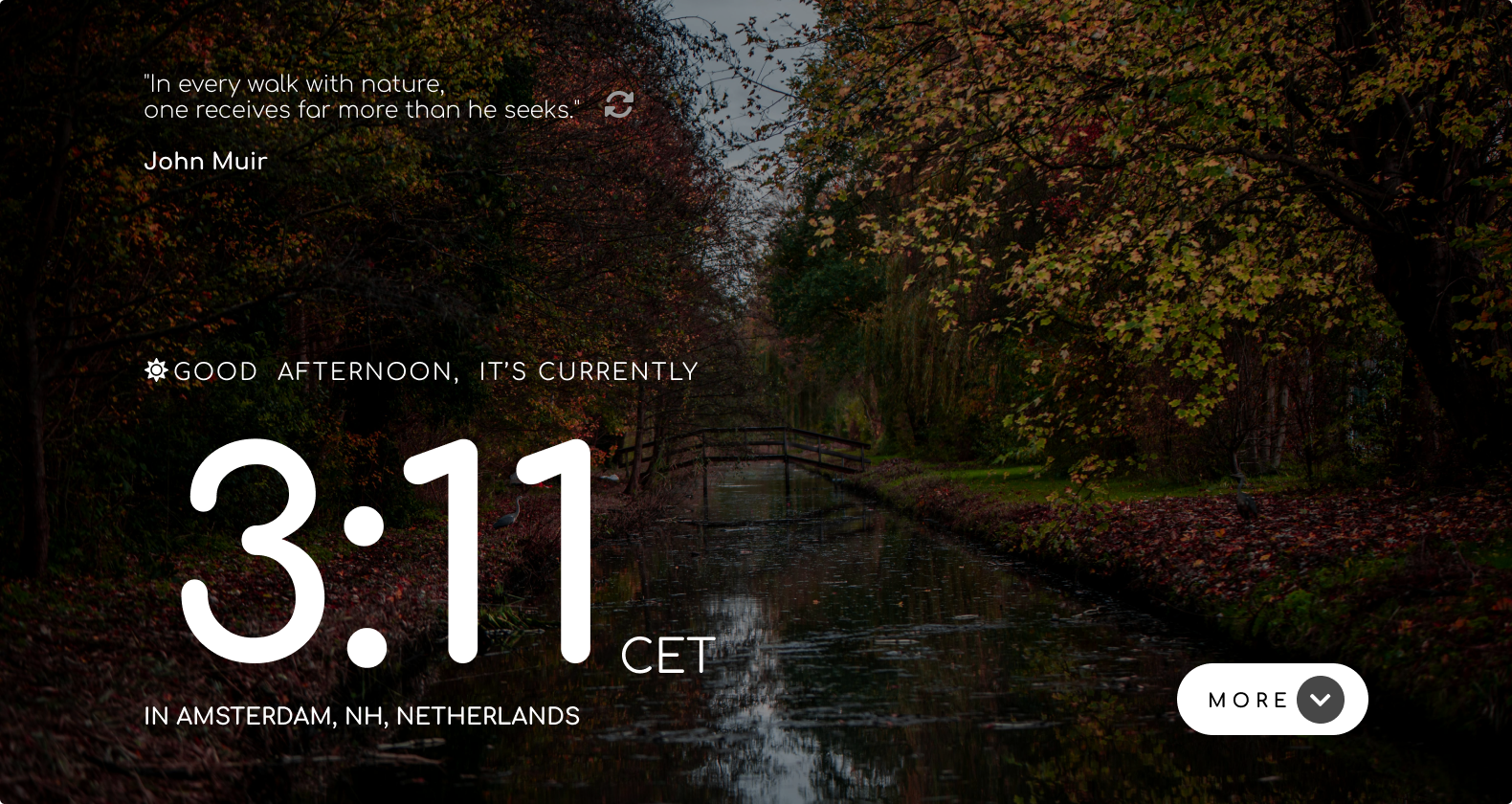In a world where we're constantly glued to screens and distracted by digital noise, it's easy to forget about nature.
But here's the exciting part: biophilic design offers a cool solution. Usually, it's all about bringing nature into buildings, but now nature is branching out into web design as well.
In this article, we'll explore why we feel disconnected from nature and how biophilic design can help fix that, even in the digital world.
What is Biophilic Design?
Well, it's all about bringing nature back into our lives, whether it's at home, in the office, or wherever we hang out.
It's not just about making things look pretty – it's about making us feel good by reconnecting us with the great outdoors.
History of Biophilic Design
Biophilic design, stemming from the Greek words "bios" (life) and "philia" (love), is all about our natural connection to the world around us. It has its roots in architecture and building design, where people realised that bringing elements of nature into our spaces makes us feel better.
This design approach mimics nature's patterns and includes views of trees and natural light. It's a way of making our homes and workplaces feel more like the outdoors.
As cities grow and technology becomes more important, we spend less time in nature. That's why biophilic design is so important. It's not just for buildings – it's also being used in things like website design to remind us of our love for nature.
So, whether it's in a physical space or online, biophilic design helps us remember how much we need nature for our happiness and well-being.
The Problem: Understanding Our Distance from Nature
How Screens Shape Our Lives
You know how it is these days – screens are everywhere, right? From our smartphones and tablets to laptops and TVs, they've become like companions, keeping us hooked for hours.
Sometimes it feels like we're living in a whole different world, one that's all digital and disconnected from nature.
Ever found yourself mindlessly scrolling through social media or binge-watching shows, losing track of time? It's what some call "zombie-scrolling" – we've all been there. 😌
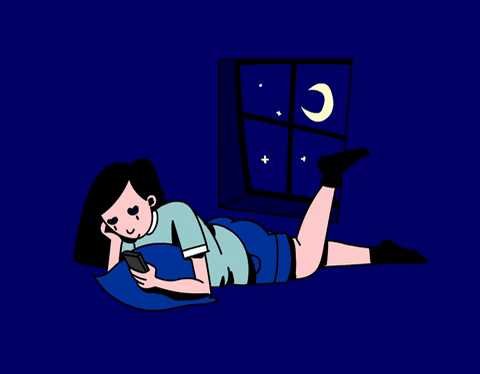
Lost in the Digital World: Where's Nature?
We're all guilty of getting sucked into the digital vortex. Whether it's getting lost in Netflix marathons, being glued to our work screens or endless scrolling through Insta… (Let’s be serious, it’s Twitter 😂), our attention rarely strays from the virtual realm. And the more we dive into digital content, the further we drift from the great outdoors.
It's like we're building this invisible wall between ourselves and nature without even realizing it.

We're Missing Out on Nature's Charms
With our lives becoming more and more centered around screens, outdoor adventures seem to be a thing of the past. Many of us spend our days cooped up indoors, surrounded by artificial lights and controlled temperatures. It's like we've forgotten what it feels like actually to touch grass or feel the sun on our faces. There's just not much incentive to step outside and soak in the beauty of nature anymore.
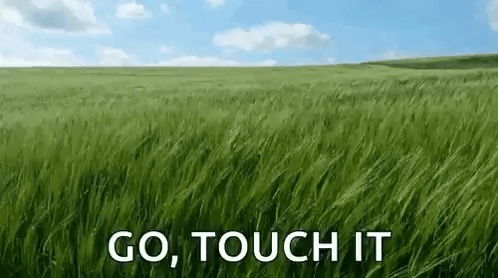
But We're Often Unaware of the Disconnect
Here's the thing: Many of us don't even realize how far we've drifted from nature. We're so caught up in the digital world that we hardly think about how it's affecting us and our connection to nature. It's like this subtle but important change that sneaks up on us until we pause and reflect on it.
And here's the kicker: this disconnection isn't just about not enjoying nature's beauty. It's also messing with our health.
Research shows that spending too much time indoors and not enough time outdoors can cause issues like obesity, depression, and not getting enough vitamin D. Lack of physical activity is a big deal, contributing to millions of deaths every year worldwide.
So, while binge-watching shows or scrolling through social media all day might seem harmless, it's impacting our health and well-being in a big way.
The Harmful Effects of a Disconnect from Nature
As we've seen, our increasing immersion in the digital world comes with consequences beyond just missing out on the joys of nature. This disconnect has profound effects on our health and well-being, impacting us in ways we might not even realize.
- Mental Health Struggles: Spending excessive time indoors and away from nature has been linked to higher rates of depression, anxiety, and stress. Without the calming influence of natural environments, our mental health can suffer, leaving us feeling more isolated and disconnected from the world around us.
- Physical Health Risks: Being too sedentary, especially with too much screen time, poses serious risks to our physical health. Conditions like obesity, cardiovascular disease, and diabetes are just some of the issues linked to not being active enough and spending too much time indoors. Our bodies thrive on movement and natural light, and depriving them of these essentials can take a toll on our health.
- Vitamin D Deficiency: Not getting enough sunlight indoors means missing out on vital nutrients like vitamin D, essential for bone health, immune function, and mood regulation. Without sufficient sunlight exposure, we become more prone to deficiencies that can affect our overall health in various ways.
- Disconnect from Reality: As we go deeper into the digital space, we risk losing touch with reality. This gradual disconnection from the natural world means we miss out on the sights, sounds, and sensations that keep us grounded. Ultimately, this disconnect can leave us feeling adrift and disconnected from both ourselves and the world around us.
Biophilic Elements in Web Design
Let's talk bout how you can incorporate bits of nature into your website design to help bring the outdoors in and reconnect with the natural world.
Natural Forms and Patterns
Integrating organic shapes, textures, and patterns reminiscent of nature is key. In web design, this means crafting interfaces that mirror the fluidity and diversity of the natural world.
For example, the UI below utilizes a hanging flower pattern to represent a flower shop, embracing the beauty of nature in its design (reference).
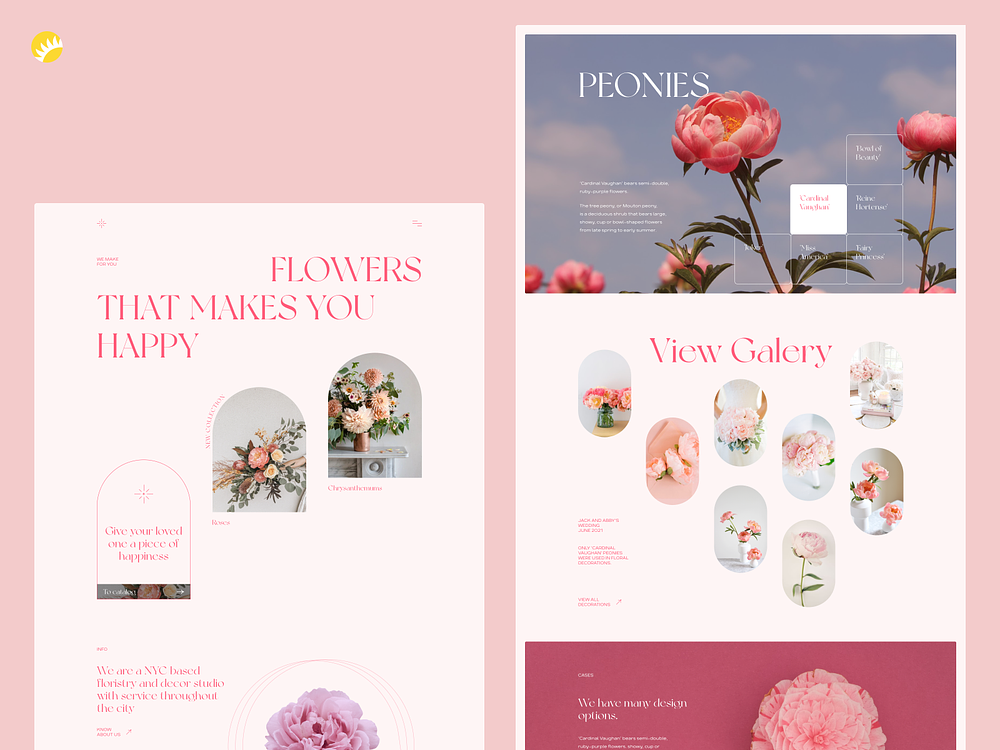
Natural Materials and Textures
Incorporating natural materials and textures is crucial for creating a warm and inviting digital environment. Just like in physical spaces, using elements that mimic natural materials can evoke a sense of comfort and connection.
For instance, the UI below shapes the landing page of a woodworking company, resembling components of a furniture piece. This use of imagery mimics the texture and warmth of wood, enhancing the user experience and bringing the outdoors to your screen (reference).
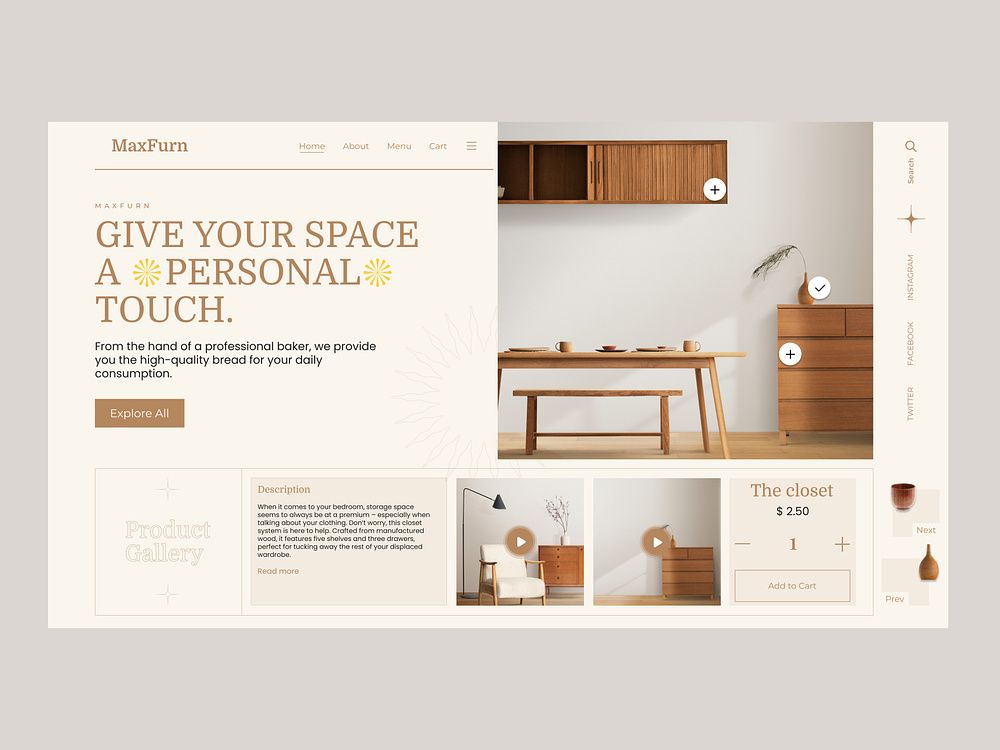
Natural Light and Views
Natural light is crucial in biophilic design for creating visually appealing spaces that promote well-being. Similarly, in web design, incorporating light and outdoor views enhances the user experience, fostering a sense of openness and connection to nature.
Maximizing natural light in web layouts involves creating airy designs with ample white space to let light in. Incorporating images or animations of outdoor scenes, like lush landscapes or serene water bodies, deepens the connection to nature, infusing websites with tranquillity and wonder.
For example, the UI below uses real images of nature to brighten up the webpage, harnessing natural light to enhance the user experience (reference).
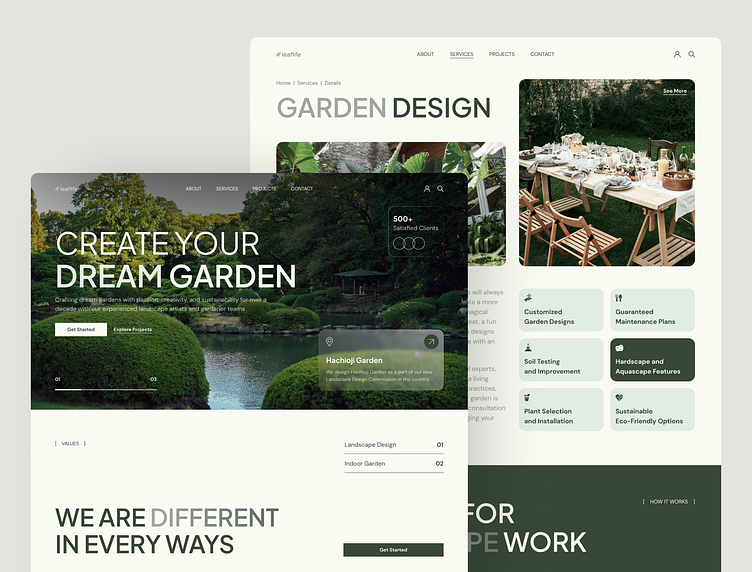
Biophilic Colors
Colours play a significant role in shaping the mood and user experience. Incorporating colours inspired by nature can cultivate a soothing atmosphere, reinforcing the connection between users and the natural world.
Choosing nature-inspired colours such as earth tones, greens, and blues evokes feelings of tranquillity, vitality, and serenity. These hues, commonly found in natural landscapes, can evoke positive emotions in users.
For instance, the UI below utilizes shades of green to convey a sense of freshness and health associated with the company's food offerings. This use of colour triggers positive associations with nature, enhancing the overall user experience (reference).
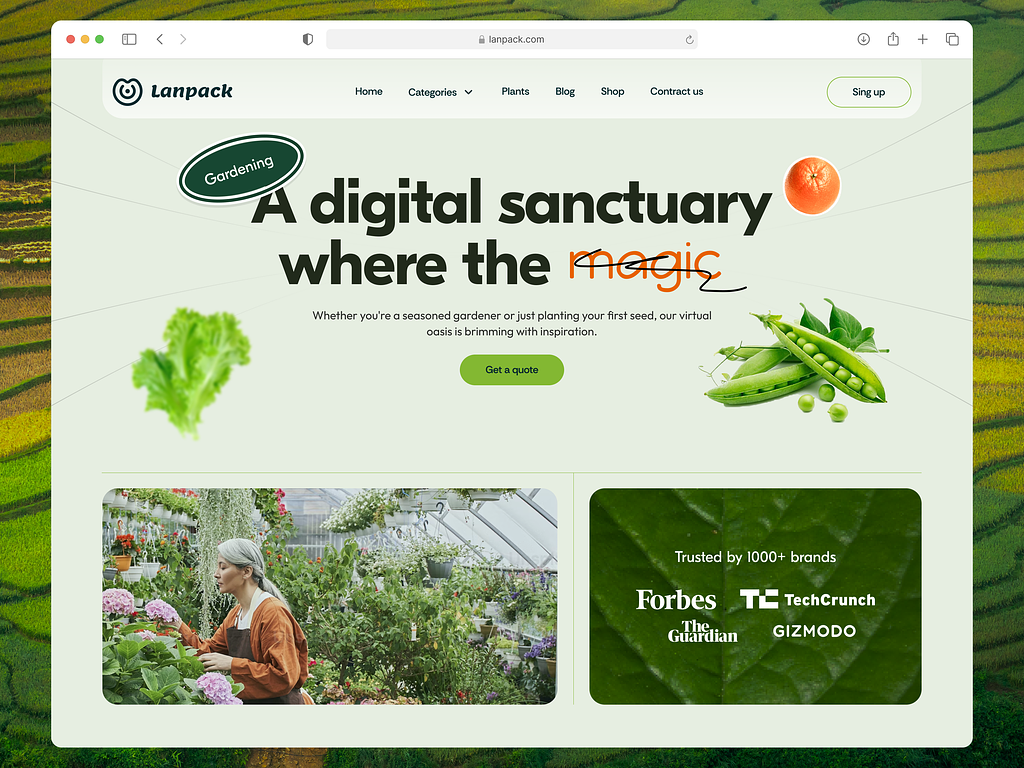
Living Systems and Biomimicry
Biomimicry, mimicking natural processes in design, provides rich inspiration for creating efficient, sustainable, and user-friendly solutions. This involves drawing from natural ecosystems to guide website functionality and navigation.
Emulating natural systems in website design can lead to intuitive user experiences that mirror the adaptability of the natural world. By studying living systems, designers can apply these principles to digital interfaces, enhancing usability and engagement.
For example, the UI below incorporates elements of human anatomy to communicate the company's purpose effectively. This biomimetic approach helps users intuitively understand the company's offerings, enhancing the overall user experience (reference).
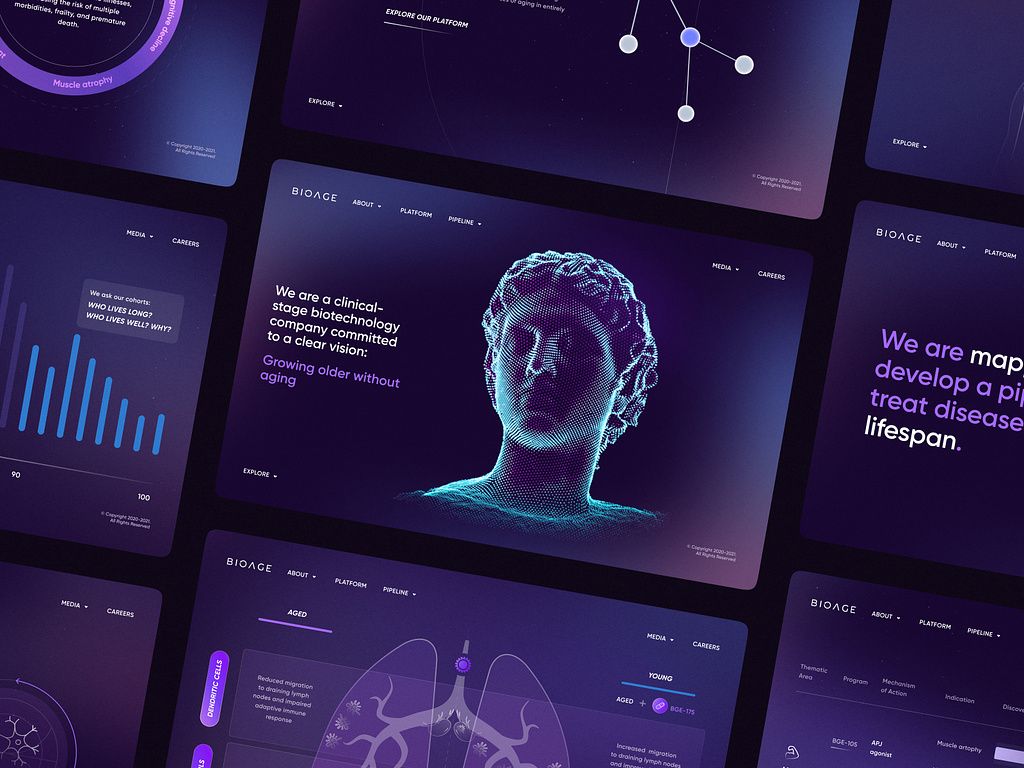
Benefits of Biophilic Web Design
Biophilic web design offers a multitude of benefits that extend beyond mere aesthetics.
- Enhanced User Experience: Biophilic elements have the power to evoke positive emotions and create a more engaging user experience. Natural forms, colors, and textures can resonate with users on a subconscious level, fostering a sense of comfort, connection, and delight as they interact with the website.
- Improved Well-being: Exposure to nature, even in digital form, has been shown to reduce stress and enhance cognitive function. By immersing users in environments reminiscent of the natural world, biophilic web design can create digital spaces that promote relaxation, focus, and overall well-being.
- Differentiation and Brand Identity: Incorporating biophilic design can set a website apart from competitors and communicate values of sustainability and connection to the natural world. By aligning with themes of environmental stewardship and holistic living, brands can differentiate themselves and forge deeper connections with environmentally conscious consumers.
- Increased User Engagement: When websites offer a visually appealing and calming experience, users are more inclined to stick around. By crafting digital environments that mirror the tranquillity and beauty of nature, designers can captivate users' attention, prompting them to explore, interact, and come back for more.

Conclusion
As we wrap up our exploration of biophilic design in web design, remember this: while screens can be captivating, don't forget to reconnect with nature. Biophilic design isn't just about aesthetics – it's about infusing digital spaces with the serenity of the outdoors.
And hey, here's a friendly question: Have you touched some grass today 😒? It might be just the digital detox your soul needs. Step away from the screen and immerse yourself in the beauty of the natural world. Your mind, body, and spirit will thank you.
Contact Information
Want to connect or contact me? Feel free to hit me up on the following:
- Twitter / X: @jajadavid8
- LinkedIn: David Jaja
- Email: Jajadavidjid@gmail.com

